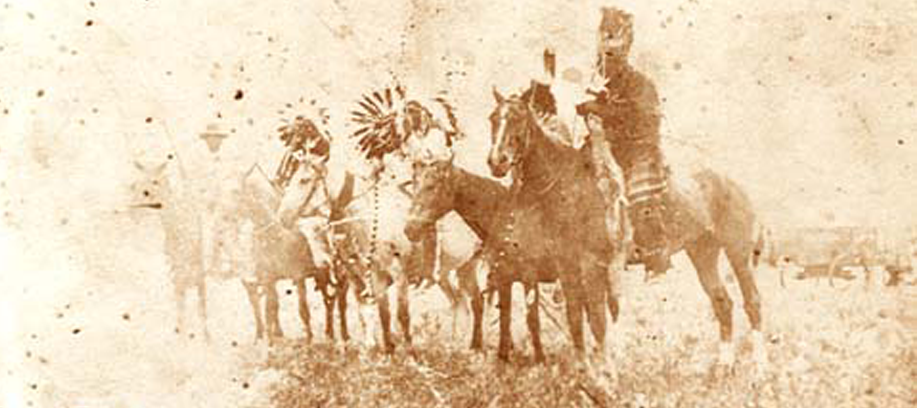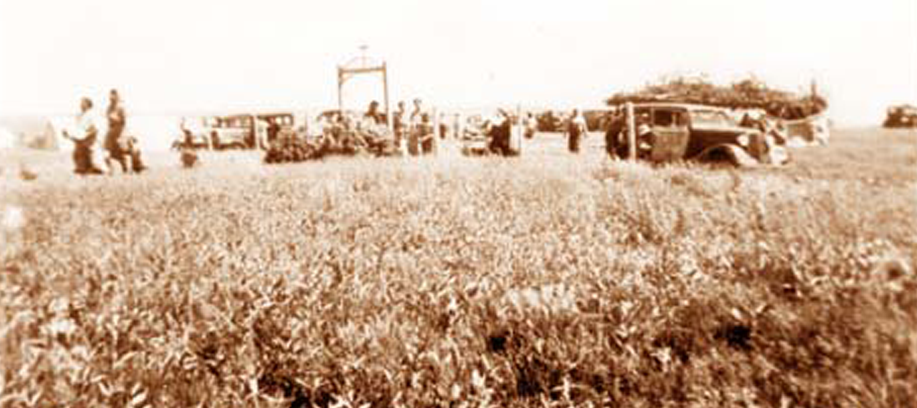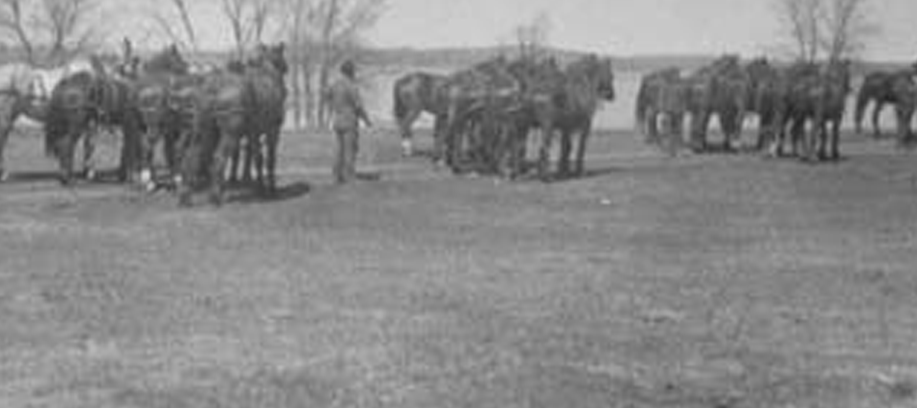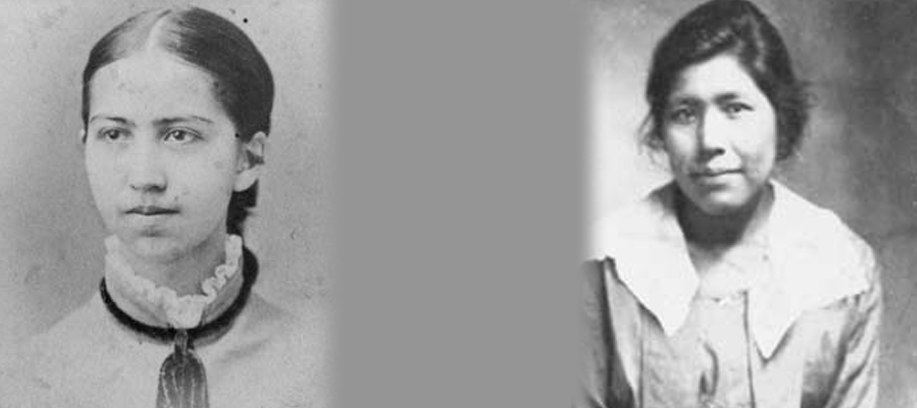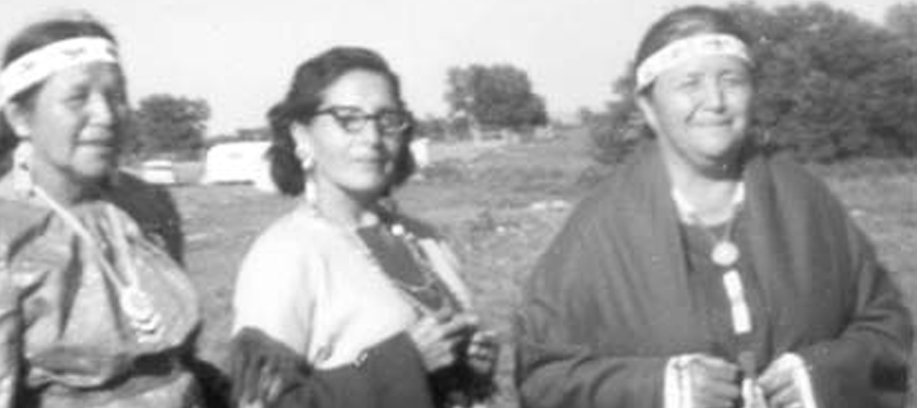ABOUT THE PROGRAM
Program History:
What became the Sisseton-Wahpeton Oyate Dakotah Language Institute (SWODLI) was started as a program of the Association on American Indian Affairs (AAIA) Native Language started in 2002.
The AAIA Native Language Program was born with only one staff member, Tammy DeCoteau. The first thing she did was research what was available and what was already being done. She did some inter-library borrowing and made copies of the materials in the Dakotah language. All that she managed to find were written long, long ago; except for one coloring book.
She saw an article in our tribal newspaper about one of our tribal members being a program officer at a foundation in Minneapolis and talked to her about applying for a grant. The foundation only funded in Minnesota, but they made an exception for the program because the tribe has a large amount of members in Minnesota and considers the town of Browns Valley, Minnesota a part of the reservation for purposes of providing services to its members living in that contiguous town.
She put in the grant application and shockingly we were funded. The program held a weekly language class for two and a half years from 5:00 until 7:00 on Mondays, which met at the building in the former orphanage where AAIA used to have its offices. She also started a column in the local newspaper as a small way of getting people to think about the language.
The college had asked that the program translate their application for employment into Dakotah. Another small grant at the same time was funded to translate some simple children’s books into Dakotah. These books were recommended by the reading specialist at the tribal school. These books were what the school used to help the children who needed help reading. So the program contacted the author and he gave his approval. A group of elders were gathered and they translated these books.
During this period, I was also taking a class offered at the Sisseton-Wahpeton College (AAIA had a plan then that would pay your tuition to go to college) and it was being taught by the tribal college president.
After a discussion with the president of the Sisseton-Wahpeton College about whether there would be any interest in having a Dakotah Language immersion daycare, another grant application was submitted and surprisingly was funded. We learned something immediately. Everything was in English. Every song they played on the CD player or sang with the children, every movie they watched, every story they heard, it was all in English. The elders tried to teach the staff (none of whom knew Dakotah) the basic phrases to use with children. One day one of the staff at the daycare was singing with the children “This is the way we pick up our toys, this is the way we pick up our toys” and Orsen started singing quietly in Dakotah, “Deced wiskate unkpahipi, deced wiskate unkpahipi” and that was the beginning!
At that point, from then on the program started translating everything we could find into Dakotah. The college bought animation software and provided a staff member to do the audio recording and editing the song of Mary Had a Little Lamb in Dakotah. This became the first cartoon in Dakotah and entered in into the Native Voice Film Festival for Best Animation.
The program started making flip books for the staff of the daycare which included the most commonly used phrases with children. When meeting with the parents of the children, it was quickly determined that they needed those same phrases to learn along with their little ones. The program’s first book and CD set was born with both a female version recorded and a male version. The college agreed that the materials being created by the program in the Dakotah Language would be offered for sale in their bookstore. Music was included in the budget so the program Treasured Elders translated a number of contemporary children’s songs into Dakotah and amazingly found tribal members actually willing to sing them and be recorded. This was the program’s first music CD which still is popular. Later, the program recorded two CD’s from the college drum group and some other singers.
One of the daycare parents had written a simple children’s book as part of a class they were taking at the college. The program found someone to illustrate it and also paid the author for the rights and issued the first contemporary children’s book in the Dakotah Language. The Program then commissioned that same parent to write several more books and found a regular illustrator. Eventually the elders and program staff started creating the text for the books and now the program has over 120 books in the Dakotah Language.
In keep with the credo that whatever was created in English could be created in Dakotah, the Hasbro was contacted about creating the game of Scrabble in Dakotah. Not long after permission from the legal department of the corporation was received along with a letter from Alan Hassenfeld, the CEO of Hasbro. His family foundation agreed to fund the project could get matching funds. Eventually, the received funding from the Sisseton-Wahpeton College, the Emilie Hesemeyer Trust, the Shakopee Mdewakanton Sioux Community and the Upper Sioux Community to match the Hassenfeld funding.
Part of the project included the creation of the “Official Dakotah Scrabble Dictionary.” Three elders of the Tribe worked on The Official Dakotah Language Scrabble Dictionary. After the completion of the Scrabble project, the program started on a project of creating a less expensive home version.
Right about the same time, the program also created a joint project with the Sisseton-Wahpeton College called the Family Dakotah Language Learning Center. In this project, there was a half a day class for young parents, and during the same half day their children were being taught Dakotah and then the groups would come together and eat lunch. Eventually, the Enemy Swim Day School took over on the Family Center project and moved it to their school.
During this period, the also created the first puppet show which was made into a short film. This puppet show is Red Riding Hood in Dakotah.
A grant was received from First Nations to have a project called Sacred Songs/Sacred Lives. This was a class in which language was taught through the sacred songs, but also women’s traditional roles was also taught. It was approved by the Sisseton-Wahpeton College Curriculum Committee to offer the class for credit.
The program submitted another grant application to Grotto to create curriculum for kindergarten through second grade which was approved. This was a two year project. The first year was spent creating the lesson plans (one summer by two teachers) and then the rest of the year the elders translated it all into Dakotah.
The program created 36 weeks of curriculum for three grade levels all needing pictures which were all illustrated locally. The curriculum included worksheets and board games and books and songs that worked into the curriculum.
At this same time, the program commissioned people to come in and be recorded reading the books and created simple videos for YouTube. Also commissioned was song in Dakotah to play in the background of our videos called Dakotah Iapi Teunhindapi, which means, We Cherish the Dakotah Language. This song is registered with the International Standard Recording Code with the following information:
Song: Dakotah Iapi Teunhindapi
Artist: Raymond Eastman
Label: AAIA
Genre: Dakotah
ISRC: QMU5N1000001
Another grant was received from National Geographic to record elders. The plan was to have one of the program’s Treasured Elder employees just sit and talk with the person being recorded so that we could record Dakotah in conversation. The recordings were made both in audio and video and are archived.
A grant was also received from the Native Voices Endowment to create what became known as Everyday Dakotah. This is now a three CD set of common phrases and a booklet.
A project was started to create 20 early readers in the Dick and Jane style. These were completed and lesson plans were developed for all 20 books for Kindergarten, First Grade and Second Grade.
The program also received a grant from the Entertainment Software Association Foundation to create a video game in Dakotah which was simple online activities. This was a one year project, but at the same time funding was received to create our website. So it was decided to launch the games with the website.
A small master-apprentice program was also started. This project succeeded in helping those people to learn more Dakotah and in fact, one of the apprentices is now teaching Dakotah language part time at one of our schools.
Today you can walk in almost any tribal building and see the Dakotah language. There is signage and posters and pictures and even some of the tribe’s business forms in Dakotah or you can hear it on the radio station that plays in many offices. A woman once said, “Surrounding yourself in the language is a form of immersion.” The Dakotah Language Institute has tried to surround the entire community in the language.
The program then began to create graduation cards in Dakotah. That was the beginning and there are now over 80 greeting cards in Dakotah which can be purchased at the local gift shop and in some of the local flower shops.
Another project was to create Dakotah Jeopardy. The project uses Classroom Jeopardy, a commercially available system created for schools to use as a learning tool. The system comes with game which include the many subject areas being taught in schools, but it also has the capability for teachers to create their own games. The Treasured Elders completed 20 games (60 clue and answer sets with one Final Jeopardy clue) in Dakotah and these games were shared with schools and various Dakotah Language learning programs. The system is also being used for language bowls, both at schools and regional tournaments.
The Treasured Elders also translated two entire plays into Dakotah. One is a soap opera style comedy and the other is a traditional Unktomi story.
The Treasured Elders have also developed all of the dialogue for a series of animations featuring a turtle as the main character. This turtle has a series of experiences in which he learns the values of the Native American people. For example, turtle learns to help others, how important it is to learn from his elders, how to behave properly when others are speaking, etc.
Current Projects:
The next project included the creation of the online learning system known as BYKI. In a collaboration with Transparent Languages, their software was used to create this online learning opportunity. The first phase of the project, designed for vocabulary building was released in 2014 and the next phase is currently being worked on.
In 2014 the program commenced work on creating a dictionary of the Dakotah language as it is spoken today on the Lake Traverse Reservation. The project involved several groups of elders working from an edited list of the 5000 most commonly used words in English. The dictionary release date is August 27, 2015. In addition to being printed, this dictionary will be available online.
The program has also started a project of creating iBook’s in Dakotah for use by families and schools to use for learning Dakotah. These iBook’s … narrated and interactive … will be available in 2015.

